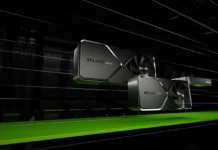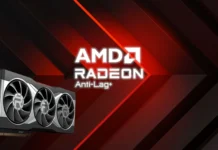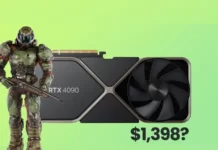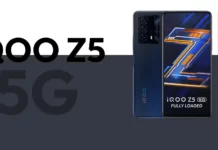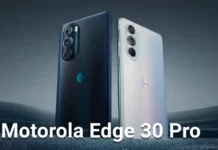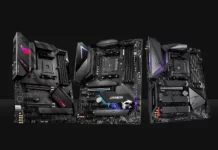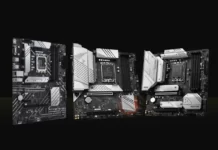
During a press conference following the Ryzen 7000 Unveil, AMD confirmed that its 5nm Zen 4 CPUs will not face supply shortages. Furthermore, AMD has stated that it will assist the AM5 platform through and beyond 2025.
AMD 5nm CPUs Including Ryzen 7000, Will Not Have Any Supply Issues At Launch, Enough CPUs For Everyone!
The initial and most crucial piece of details comes straight from AMD CEO Lisa Su: the 5nm Zen 4 CPUs, along with the newly announced Ryzen 7000 lineup, will not be influenced by production problems, according to PCGamer. The red team accepted that, while earlier products on the 7nm process node faced supply shortages at launch, this will not be the situation with their 5nm product lines, and thus the Ryzen 7000 CPU lineup will be plentiful.
“It is true that if you look at the past 18 months there have been a number of things, whether its capacity limitations or logistics,” says Dr. Su. “From an AMD standpoint, we have dramatically increased our overall capacity, in terms of wafers, as well as substrates and on the back end. So with our launch of Zen 4 we don’t expect any supply constraints.
“Logistically it takes a little bit longer for things to get into region. So we’re having this event at the end of August and we’re on sale on September 27. One of the reasons for that time, frankly, is to make sure that we do have product in region so that people can really look at buying across the board.”
AMD CEO, Dr. Lisa Su
AMD Promises To Support AM5 Platform Through & Beyond 2025-
Another significant confirmation from AMD is its promise to the new AM5 platform. The AM4 socket has been supported for over five years. The red team committed to keeping guidance for the near future. Meanwhile, AMD CEO Dr. Lisa Su intends to provide similar support to the AM5 platform, which is expected to continue into 2025 and beyond.
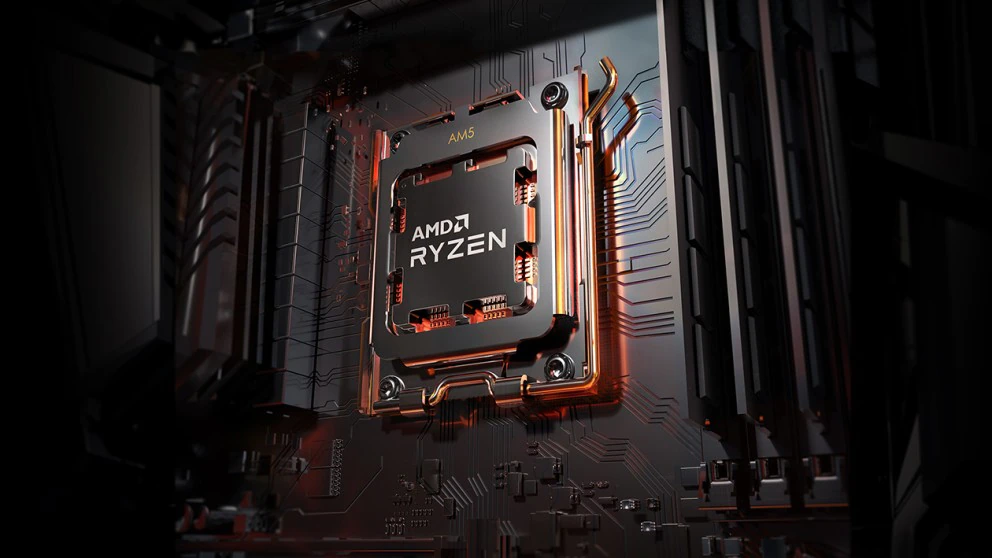
Through 2025, we can expect at least four generations of Zen CPUs to be available on the platform, including the near future Zen 4, Zen 4 V-Cache, Zen 5, and then whatever comes after that. All of this is expected between 2022 and 2025.
“We built the platform around next generation technologies so that you can build today and upgrade as your needs grow over time,” explains AMD’s David McAfee at today’s event. “And, just like AM4, we’re making a commitment to support the AM5 platform with new technologies and next generation architectures through at least 2025. We’re really excited about the next era of rising desktops with AM5.”
“We do expect AM4 and AM5 to coexist for quite some time,” Lisa Su tells us. “You should expect that, like with AM4, we’ll build out the entire AM5 stack, but it will it will take some time to build out and we want to make sure the cost points are right, as always.”
AMD CEO, Dr. Lisa Su
AMD Ryzen 7000 CPUs Feature 2 RDNA 2 Compute Units With 2.2 GHz Clock Speeds-
The final section of this story was confirmed by AMD’s Robert Hallock a while ago, but it appears that we currently have the exact requirements of the incorporated GPU found on the Ryzen 7000 Desktop CPUs. As expected, the Zen 4 CPUs will include an RDNA 2 GPU core embedded within the IOD and manufactured on a 6nm process node.

This reduced, low-core-count design is intended to facilitate troubleshooting by allowing access to a display output without requiring a separate GPU. Furthermore, AMD mentioned a large market for iGPUs in the office and business segments where consumers do not need high-end GPUs.
We still think of the Ryzen 7000 series as a CPU. The graphics cores in that IO die are not many, the purpose of adding graphics is three-fold. One, it greatly expands these products in the commercial market where they don’t buy discrete at all, they just want to turn it on, have video encode/decode and light up some displays for office work and that’s what the GPU in the IO die will offer so that’s a huge business opportunity for us on the Ryzen PRO side as we start migrating these components over to that business.
The second is for diagnostic purposes, how do you know that you have a bad graphics card? Well, you have to swap in another graphics card but with the graphics core we have, you can do a little bit of troubleshooting thirdly, we were thinking about users who are planning to buy a discrete graphics, and it’s still in transit in the mail but all the other hardware has arrived first so it’s all sat there, looking at a pile of components and don’t have a GPU to actually set that all up. That would go away with the Ryzen 7000 series.
We are still going to do APUs with big graphics so APUs ‘BIG GRAPHICS’, CPUs ‘little graphics’. That would be our strategy going forward.
Robert Hallock (AMD Director of Technical Marketing)
We are developing a lot of technologies that make use of integrated graphics in many ways and there are things that we are able to do with technologies such as Smart Shift ECO where we can turn off the discrete graphics and we can run the notebook off of the iGPU and say you want that because you want less heat, longer battery life (even when you are playing a game) or you want less fan noise or lower power consumption, there’s all these benefits to it. Because we have that thin integrated graphics in Ryzen 7000 series, it’s going to allow us to bring more of these types of smart technologies over to the desktops aswell so those customers can get some of these benefits.
Frank Azor (Chief Architect of Gaming Solutions)
In terms of features, the iGPU on the AMD Ryzen 7000 CPUs will have two high-performance computing units for a total of 128 stream processors. These caches will have a base clock speed of 400 MHz and a graphics frequency of 2200 MHz, which may be the maximum frequency. These will distribute a little more performance than the Nintendo Switch, rated at 500 TFLOPs and 563 GFLOPs of computing power. With the iGPU, you can surely enjoy some old or less graphical fidelity gaming, but the CPUs are designed primarily to be used with separate graphics cards.

News Source: wccftech.com

